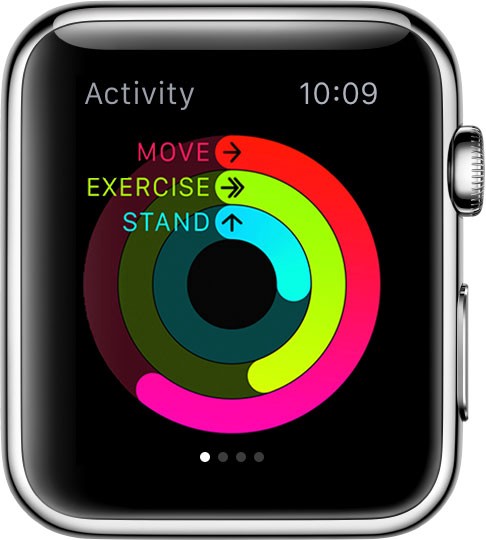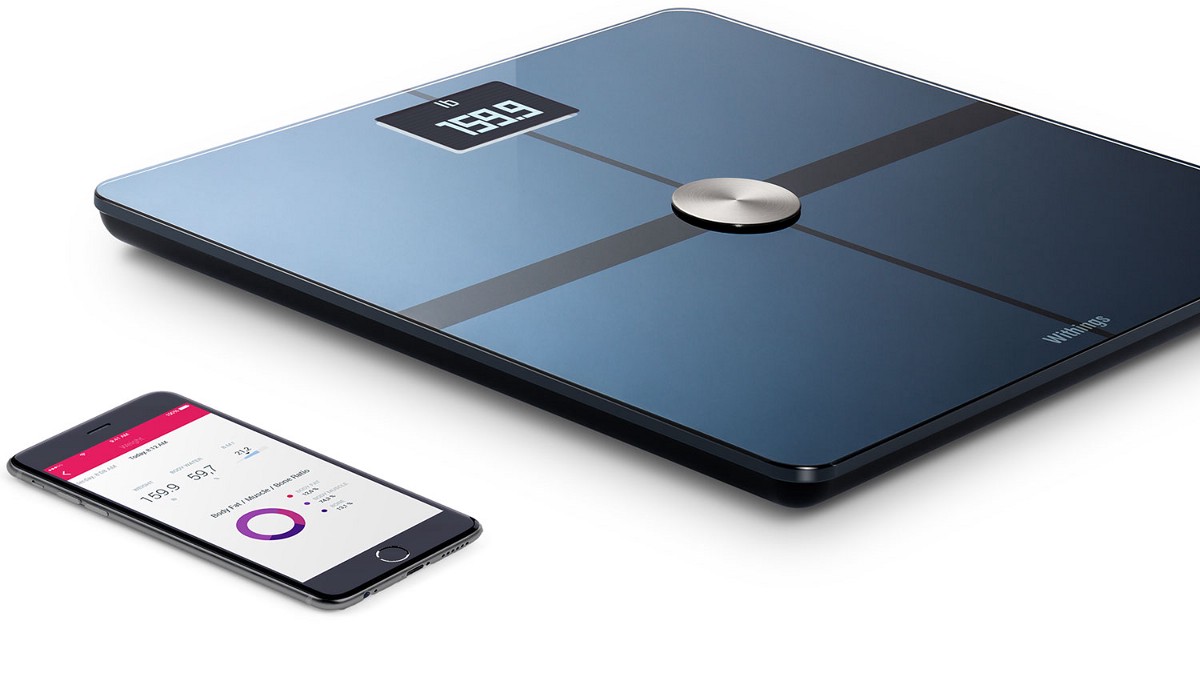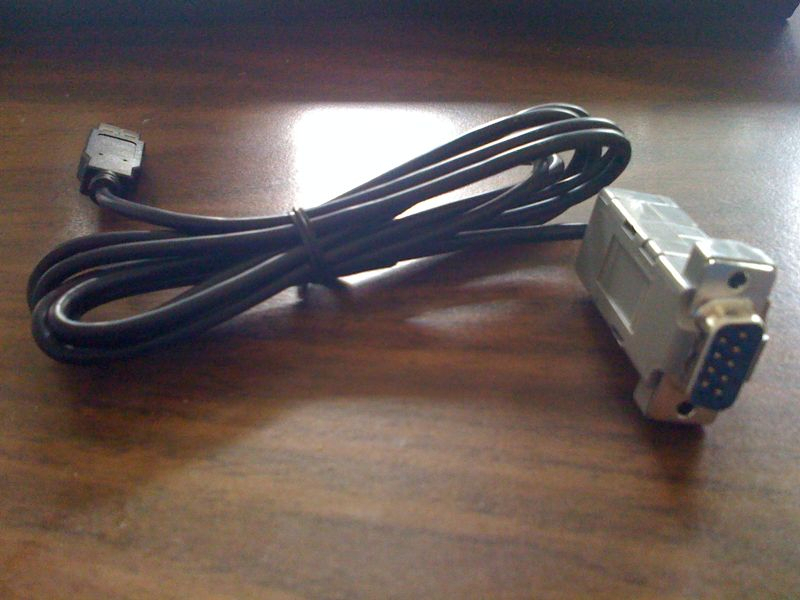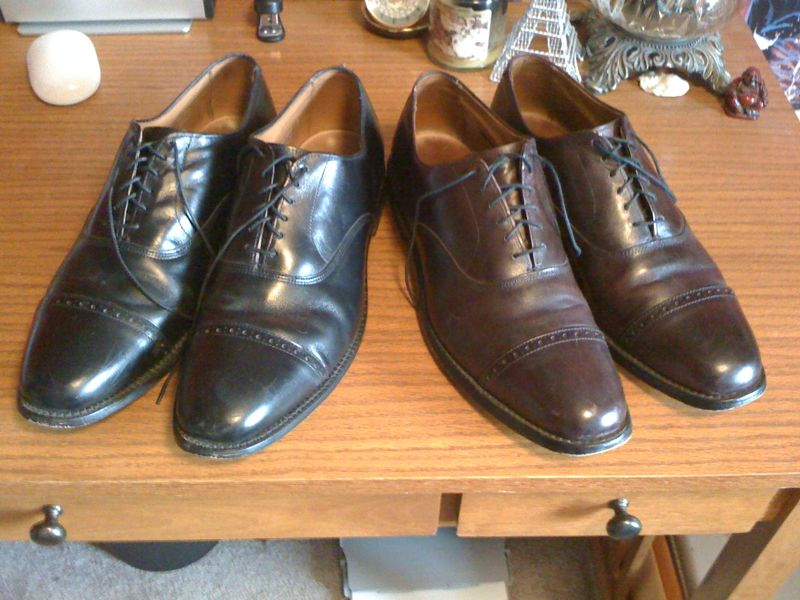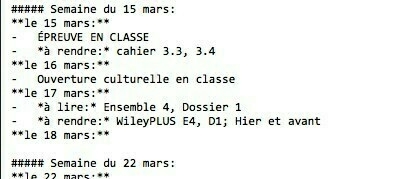I think perhaps the biggest challenge that people face when staring down the idea of managing their money is simply the question of where to start. Since no one teaches us anything in school (usually) about money management, it feels impossible to know all the ins and outs of simple things like checking accounts, savings accounts, CDs, etc., and that’s not even touching anything having to do with investing (more on that later)! Furthermore, it seems like there are endless options for just keeping track of it all, including good old pen and paper (as we’ll see, this is really inefficient and boring).
For this series, we’ll focus on the specific tools of money management, i.e. the whats and the hows. If you’re looking for a good philosophical rundown of the whys and an even bigger picture, I commend you to the excellent (so far) Personal Finance Series by Richard Reis.
We’re going to make the an assumption as well that you have a source of income, i.e. that you have money coming in to you somehow. There are a lot of resources out there for finding a job or starting a business, but this topic is outside of our scope here. Knowing then that you have a job, where do you start with money management?
For this first post, let’s start with where you’ll keep your money. The simplest and easiest place to understand is the underside of your mattress. Who doesn’t want to make a big pile of money and swim around in it like Scrooge McDuck?
It’s probably obvious to you that there are a couple of problems with this approach, and it might seem stupid to even seriously discuss this option. However, it’s worth breaking it down according to pros and cons, because that will define some fancy financial terminology right away that you might not know. Let’s have at it!
Strategy: Hiding money under a mattress
Pros:
- maximum liquidity
- low to moderate risk
- easy to see roughly how much you have (just look at it!)
Cons:
- no return on investment
- higher than normal risk of loss or theft
- hard to record when and where you spend it
Okay, that’s our pro/con list. Let’s break some of these terms down. First, liquidity. This is a fancy word for how easy it is to get and use your money. For our mattress scenario, we can reach under the mattress, get some cash, and spend it somewhere - it doesn’t get more liquid than that! The flip side of this is on our con list, though; if we lose the cash (due to fire, theft, misplacing it, etc.), the cash is gone. This is very insecure.
Speaking of risk, that’s the next term to discuss. Risk is the uncertainty of an investment’s return. “But Josh!” I hear you saying, “We’re just talking about simple stuff, not investments!” I hear you and agree. Put another way, risk is an assessment of how wildly the value of your money can swing, up or down. Since we’re talking about a big mattress stash, there’s not a lot of risk to it (a dollar is a dollar). There’s definitely the chance that the cash could be lost or stolen, which wouldn’t be good. There’s something else, though, and this gets at the first item on our con list.
The other risk lurking in a big stack of cash, and it’s a bigger risk than you think, is inflation. That’s the word we use to describe the fact that our money is worth less over time. A $20 bill in 1917 would buy a good bicycle, while the same bill in 2017 wouldn’t get even close to that. If someone had kept that $20 under their mattress for the last 100 years, it would be a super raw deal! We’re going to take one key lesson from this for now:
Every dollar you have is an investment.
I don’t mean this in a philosophical way either. I mean it in a direct, financial way. Trust me on this for now, and we’ll come back to it in the future. Back to the pro/con list!
The last thing is how easy or hard it is to see what you have and track where it’s going. It’s easy to see when your big cash pile gets bigger or smaller, but it’s hard to tell when and where you’ve spent it unless you’re recording each and every transaction by hand. You would also have to occasionally count what’s left by hand. There are better ways, starting with where we store the cash. Let’s move on to a better way to go.
Strategy: Use a bank account (or two!)
Pros:
- nearly maximum liquidity
- very low risk
- paychecks can deposit straight into it
- easy to record when and where you spend
Cons:
- return on investment doesn’t beat inflation
- some accounts involve fees of various kinds
It’s easy to see why this option is so much better than our mattress strategy. First, the liquidity is almost the same, especially when one of the accounts is a checking account. Using this tool, you can get cash from a bank branch, or from an ATM using a debit card. The debit card or (decreasingly common) checks can also be used to pay directly. Even though you don’t have the cash in your hand, the risk is still very low as well. Bank regulation requires that the bank have the cash to give you when you want it, and the Federal Deposit Insurance Corporation (FDIC) insures the cash in case the bank has financial trouble (there is an equivalent insurer for credit unions as well). Also, the bank will give you a nice list of all of your transactions right on their website, making it easy for you to track what you buy.
The cons to bank accounts really are fees and the return on investment (or lack thereof).
First, some advice: if your bank account is charging you any type of fees just for having the account, close it immediately and open an account somewhere else. There are plenty of banks and credit unions that want your business and won’t charge you fees. Don’t worry about how long your parents have used the same bank as you; if they’re charging you fees, ditch ‘em! Banks make money by lending money to each other and to other consumers, and by investing their assets. They’re already making money from your money just by having it; they don’t need to be charging you fees. Seriously, I hate bank fees. Same thing goes for ATM fees (we’ll talk in a future post about how using cash at all isn’t always the best idea anyway).
Right, that takes care of fees. The other con to having all of your money in a bank account is that pesky inflation thing again. The cool thing about giving your money to a bank for safekeeping is that they pay you for giving it to them (definitely in a savings account, only rarely in a checking account). This is what we mean by interest. However, the interest that you’re getting from the bank doesn’t make up for how fast your money loses value to inflation (at least, not in normal times). So, we need to decide if a bank account is still worth it.
I say yes. A bank account is usually the only thing that you can direct deposit your paychecks into. The ability to quickly access your cash, both to pay bills but also especially in an emergency, is too big of an advantage to pass up. For this reason, we’ll say that having a checking account and a savings account is the best first step for managing your money. The checking account will get you a debit card and a place to direct deposit, and the savings account will give you a place to store emergency money and earn interest.
One last tip: to level up your game in terms of bank accounts, consider using an online only bank instead of or in addition to your local bank or credit union. An online bank like Capital One 360 or Ally doesn’t have to pay rent for buildings or the salaries of tellers, so they can give you more interest. Still not enough to beat inflation, but the best that you’re going to get. Also, the debit card that you’ll get will probably be part of a big network of ATMs where you’ll pay no fees (I hate fees, as you recall). This is a strategy I use myself.
Hopefully, this post hasn’t been too long winded. It’s my attempt at explaining personal finance from the beginning, and there is still plenty more to go. In the next post, we’ll talk about better ways to track income and expenses (because “balancing” a “checkbook” is very 90s). For now, though, let me know if you have any feedback!


